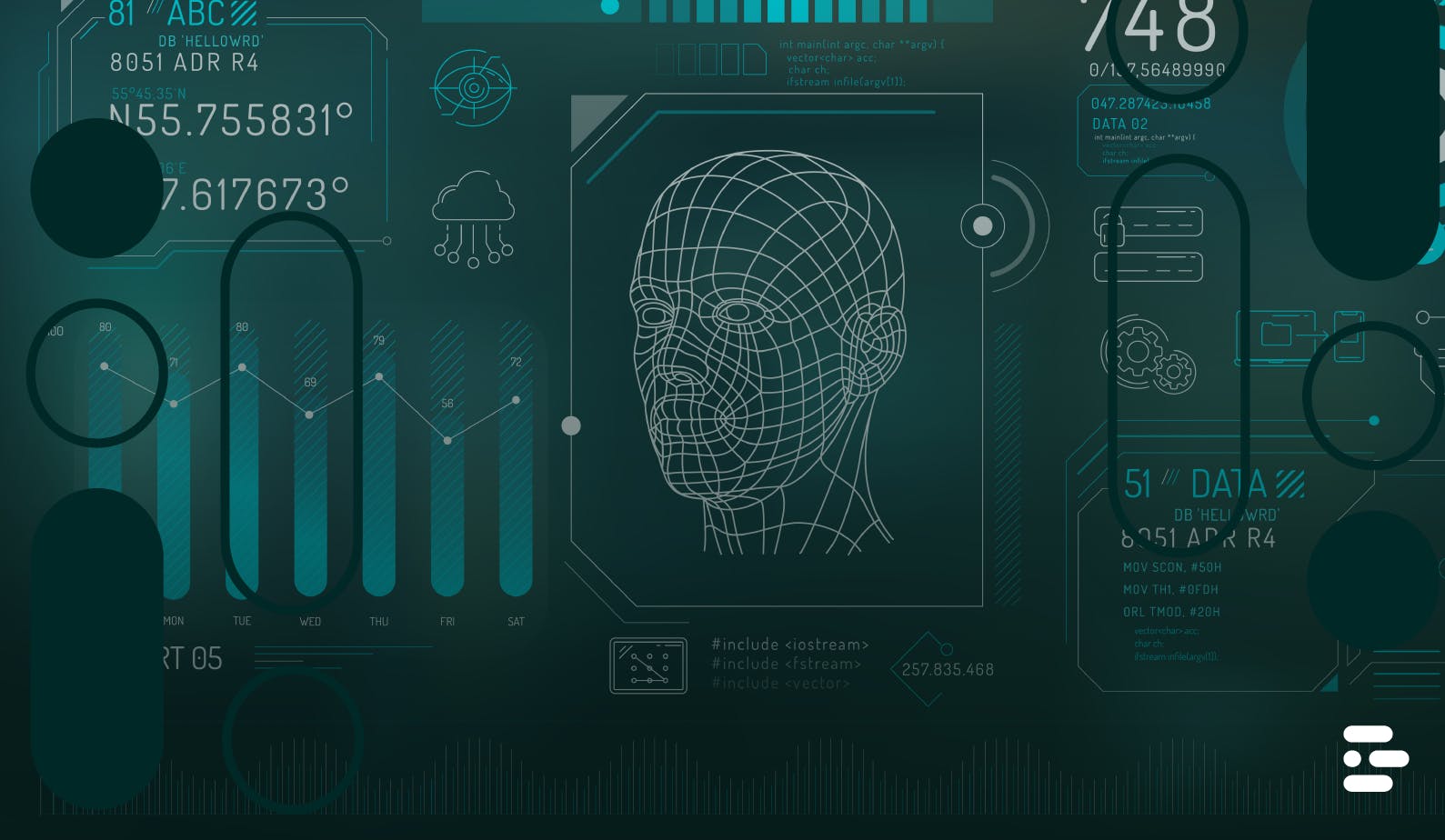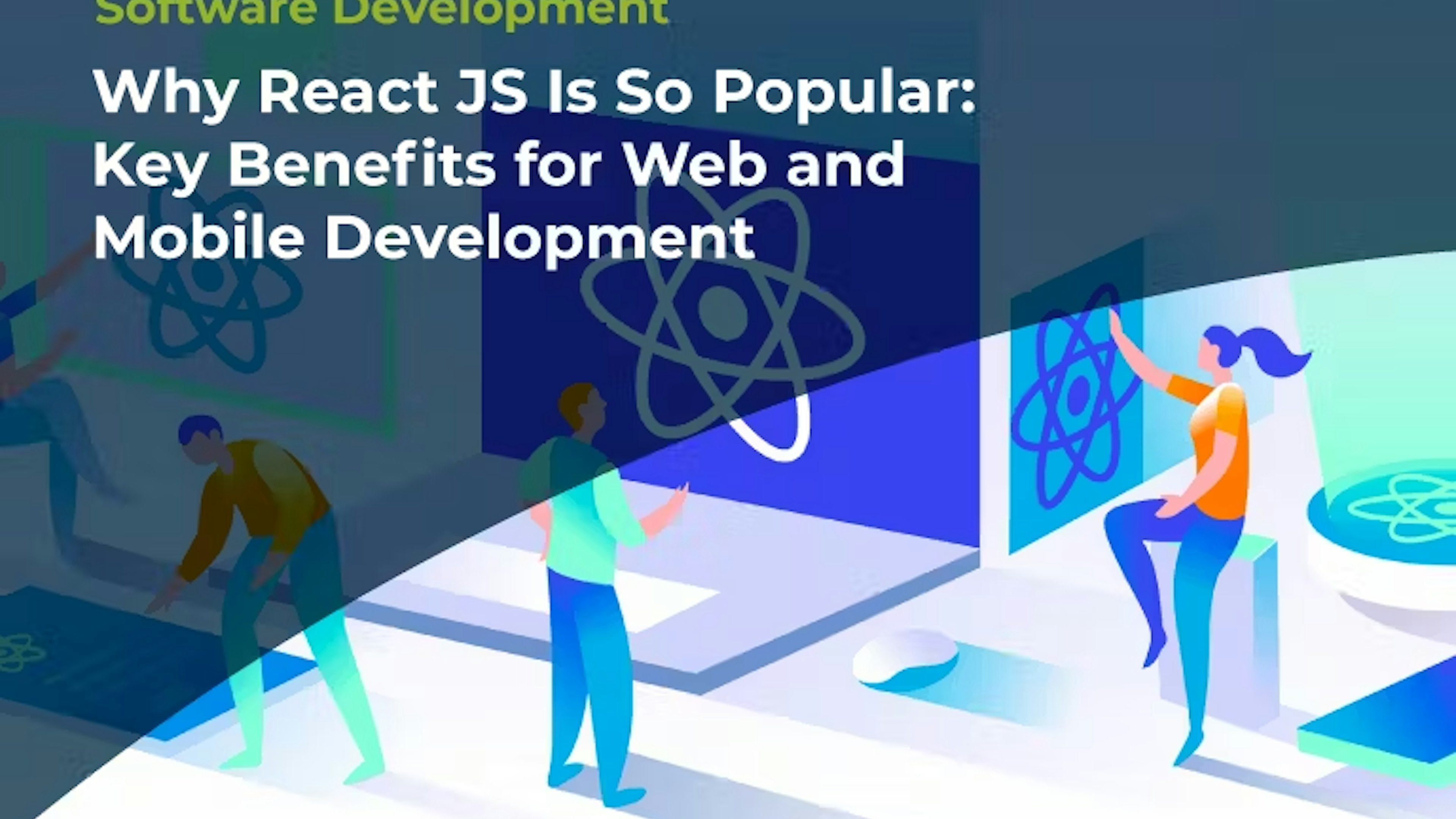Unifying Software and Data Analytics Leadership: The Key to AI Innovation


In the fast-paced world of artificial intelligence (AI), leadership is the cornerstone of innovation. The collaboration between software leaders and data & analytics (D&A) leaders is particularly critical, as their combined expertise can unlock AI's transformative potential. This article explores how these two leadership domains can work together to foster a culture of innovation, overcome challenges, and drive AI initiatives that deliver real business value.
- Collaborative Vision: Aligning AI Strategies with Business Objectives
AI initiatives thrive when software and D&A leaders collaborate to define a unified vision. Software leaders typically focus on technical execution, while D&A leaders emphasize data-driven insights and business outcomes. Bridging these perspectives ensures that AI strategies align with broader organizational goals.
For example, companies like Moderna and Asana have demonstrated the power of interdisciplinary collaboration in their AI transformations. Moderna integrated AI into operational workflows using tools like ChatGPT Enterprise, while Asana empowered teams across functions to identify high-value AI use cases independently[1]. These examples highlight how shared leadership fosters alignment between technical capabilities and strategic objectives.
To achieve this synergy:
- Establish a joint task force comprising software engineers, data scientists, and business analysts to oversee AI projects.
- Use shared scorecards to measure project success across technical and business metrics[2].
- Encourage regular communication between teams to ensure alignment on priorities.
- Bridging Gaps: Overcoming Challenges in Data Integration and Deployment
One of the most significant barriers to AI innovation is the siloed nature of many organizations. Software teams often operate separately from D&A teams, leading to inefficiencies in data integration, model development, and deployment.
Agile methodologies offer a solution by fostering cross-functional collaboration. For instance, Etsy used Agile practices to develop its AI-powered search algorithm by bringing together diverse teams, including engineers and user behavior analysts. This collaborative approach enabled faster iteration and more effective solutions[3].
Key strategies for bridging gaps include:
- Adopting Agile frameworks to enhance communication between software developers and data scientists.
- Building interdisciplinary execution teams that combine technical and business expertise[2].
- Investing in platforms that streamline data access and integration across departments.
- Empowering Teams: Building Agile and Adaptable Talent
AI's dynamic nature requires teams that can adapt quickly to new challenges. Empowering employees through professional growth opportunities, mentorship programs, and exposure to cutting-edge technologies is essential for retaining top talent in both software and D&A domains[4].
Moreover, leaders should focus on fostering a culture of experimentation. Encouraging teams to take calculated risks and learn from failures can accelerate innovation. Companies like Asana exemplify this by enabling employees at all levels to experiment with AI solutions tailored to their specific roles[1].
Practical steps for empowering teams include:
- Offering continuous learning programs focused on AI technologies.
- Creating mentorship opportunities that bridge the gap between junior talent and experienced leaders.
- Recognizing and rewarding innovative contributions to build morale and loyalty.
- Innovation Culture: Encouraging Experimentation and Embracing Failure
An innovation-driven culture is crucial for sustaining long-term success in AI initiatives. This involves promoting creativity, risk-taking, and collaboration across all levels of the organization. Leaders play a pivotal role in modeling these behaviors by actively participating in pilot projects, celebrating lessons learned from failures, and encouraging diverse perspectives[2][5].
For example:
- Leaders can organize hackathons or innovation sprints to generate fresh ideas.
- Establishing "safe-to-fail" environments allows teams to experiment without fear of repercussions.
- Regularly reviewing pilot outcomes helps refine strategies and builds momentum for scaling successful initiatives.
- Real-World Impact: Unlocking Competitive Advantage
The synergy between software leadership and D&A leadership not only drives innovation but also creates tangible business advantages. By aligning technical execution with strategic insights, organizations can develop AI solutions that improve efficiency, enhance customer experiences, and open new revenue streams.
For instance:
- Generative AI tools have enabled companies like Dell Technologies to align automation projects with business outcomes while addressing ethical considerations[6].
- Process innovations in AI have streamlined operations for companies like Etsy, resulting in more customer-focused solutions[3].
The collaboration between software leaders and D&A leaders is a powerful driver of AI innovation. By aligning their visions, bridging organizational silos, empowering agile teams, and fostering an innovation-friendly culture, these leaders can unlock the full potential of AI technologies. As real-world examples demonstrate, this synergy not only accelerates technological advancements but also delivers measurable business value.
Organizations that embrace this collaborative approach will be well-positioned to lead in an increasingly AI-driven world. By investing in multidisciplinary leadership strategies today, companies can ensure sustained success in the future. Read Navigating Software Developer Turnover Challenges in 2025: Key Strategies for Tech Leaders, to learn more about how you can adapt your business to tech trends and add real value in this new era.
Subscribe to our newsletter
Stay informed with the latest insights and trends in the industry
Content
You may also like


